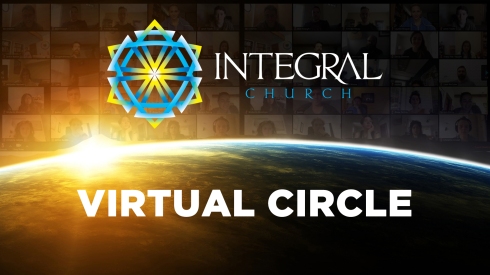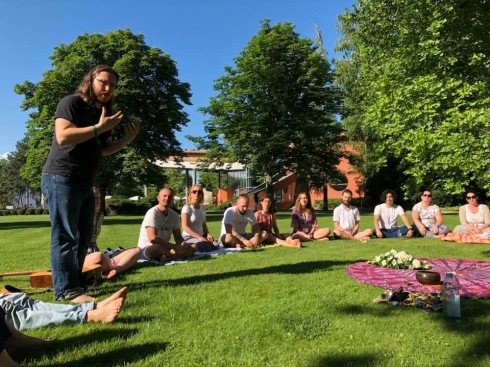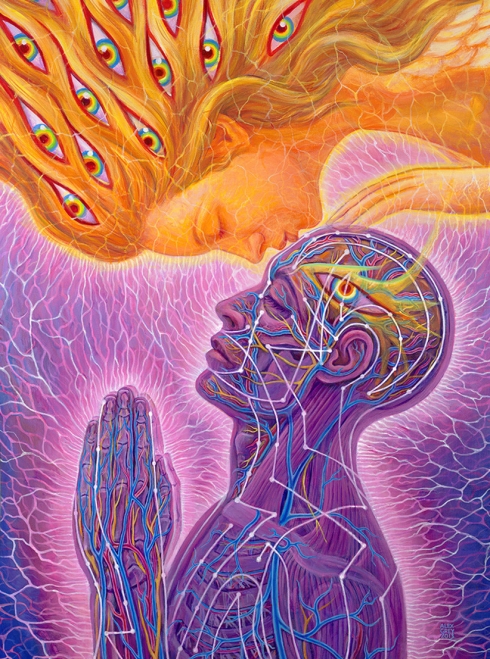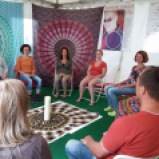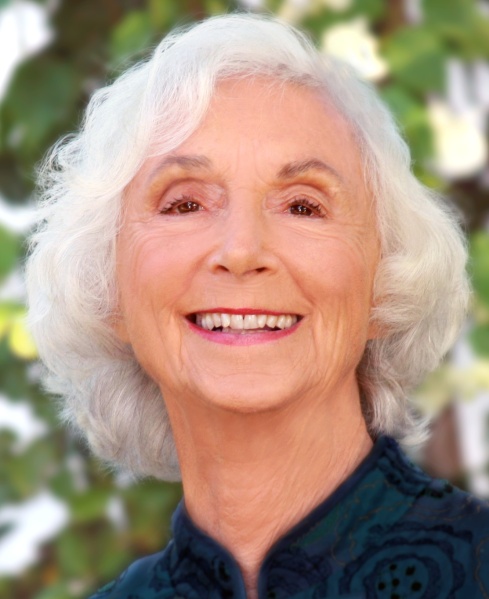Welcome to Integral Church.
- We are an interfaith circle composed of people of different beliefs, traditions and paths. We are atheist, Buddhist, Catholic, Sufi, Baha’i, Jew, Muslim, Taoist, new age mystics and universalists. We are all born into or have entered through the front door of a belief system — a view of the world, a cosmology — and we exit through the back door into the lush, shared garden courtyard of interfaith dialogue and deep religious pluralism.
- Our circle is interspiritual. We have different practices, prayers, songs, sacred texts and ways of making meaning. We enjoy trying these practices on to see how they feel and if they “work.” We are willing participants in the experiment of understanding Spirit (as a force or presence) and spirituality (as an attitude and line of development).
- Our circle is integral. We include everyone’s values, politics, ways of being and doing, and the entire spectrum of consciousness from the self-preserving ego to the self-annihilating emptiness of the Void.
- All are welcome. Because in the spirit of deep religious pluralism, we gather not to put our differences aside, but so that we might fit together, as complementary perspectives — pieces in the cosmic jigsaw, some firm and angular, some weathered and soft, and all committed to doing skillful and compassionate work.
- We are also (until this very moment) a “wild church,” meaning that we have turned to nature and one another for connection and community. Nature has been our doorway to the Divine encounter — without the aid of altar, temple, building or facility.
- It is here we find our unique challenge — remaining rooted, grounded and present in that very real natural and biological connection, while transcending it and reaching into a broader, energetic and more virtual space. We are moving from what Hildegard of Bingen called viriditas (verdant greening power) to what Teilhard de Chardin called the technosphere — that layer of man-made energy encircling our planet. We are approaching what Jean Gebser called diaphaneity (“that which shines through”) as we hold fast to our unspoken and implicit connection while at the same time speaking at the speed of light.
Join Integral Church for our VIRTUAL CIRCLE!
A global gathering for practitioners of Integral Spirituality, Wild Church and Creation Spirituality.
Using a framework based on the four paths of CS — via positiva, via negativa, via creativa and via transformativa — our virtual circle will be a blend of embodiment, gratitude, silence, ritual, interactive chat, music, video and meditation.
Turn your CAMERAS ON and join us every other Sunday from 10:00-11:30 a.m. EST. Please log on 5-10 minutes early.
In English: RSVP AND GET THE ZOOM INFO NOW!
In Hungarian: RSVP LINK COMING SOON!

